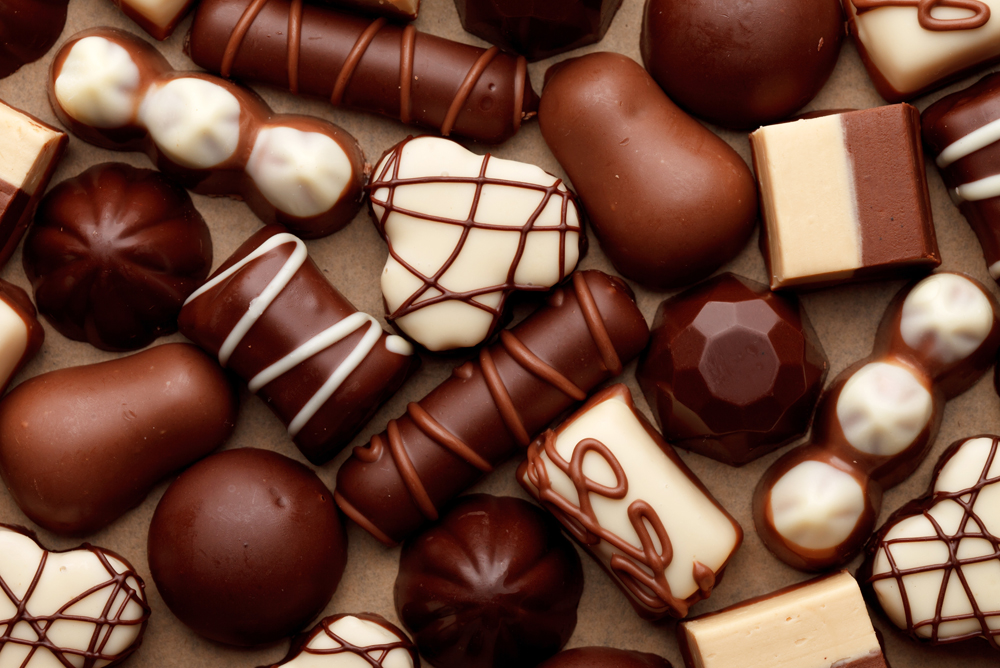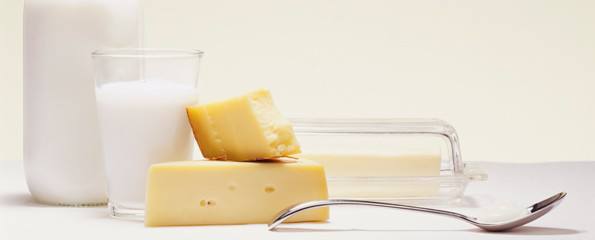Confectionary fats

Fat is the most expensive component in confectionery such as chocolate. It may comprise of cocoa butter, milk fat, palm oil, lauric oil, exotic fats, etc. This new handbook, with a large number of figures and tables, provides a comprehensive guide to all aspects of confectionery fats, with particular emphasis on the later. Unlike sugar confectionery, chocolate is a fat-continuous product and the sugar, like the other non-fat components, is merely mixed with the fat rather than melted/boiled. The properties of chocolate confectionery are thus determined mainly by the fat, which comprises about 26-35% in a typical chocolate formulation.
Ice Cream

Ice cream is consumed daily worldwide and yet its environmental impacts are scarcely known. This paper presents a first comprehensive life cycle assessment of market-leading vanilla and chocolate ice creams, considering both regular and premium products. The results suggest that their impacts are broadly similar across the 18 impact categories considered. For the majority of the impacts, chocolate regular ice cream is a slightly better option than the other varieties. Overall, the regular versions of the product have lower environmental impacts than the premium
Bakery products

All commercial breads, except salt-rising types and some rye bread, are leavened with bakers’ yeast, composed of living cells of the yeast strain Saccharomyces cerevisiae. A typical yeast addition level might be 2 percent of the dough weight. Bakeries receive yeast in the form of compressed cakes containing about 70 percent water or as dry granules containing about 8 percent water. Dry yeast, more resistant to storage deterioration than compressed yeast, requires rehydration before it is added to the other ingredients. “Cream” yeast, a commercial variety of bakers’ yeast made into a fluid by the addition of extra water, is more convenient to dispense and mix than compressed yeast, but it also has a shorter storage life and requires additional equipment for handling.
Processed meat

Processed meats are manufactured from fat and muscle of wholesale cuts, trimmings from carcasses, and some nonmuscle cuts such as liver. Processed meats can be divided into fresh processed meat, and cured and smoked processed meat. Ground beef is the most widely recognized example of a fresh processed meat product. Cured and processed meat products make up a large number of the processed meat items sold in the United States and Europe. Curing and salting meat is one of the oldest forms of meat preservation.
Dairy products

Dairy products and alternatives such as calcium-fortified soy products are nutritious foods, and provide benefit when consumed as part of a nutritionally balanced diet which includes all of the 5 food groups:
Breads
and cereals;
Vegetables and fruits;
Dairy products/alternatives;
Meat/chicken/fish/alternatives; and
A small amount of fats and oils.
The functions of a food are served specifically through
its nutritionally important components, including proteins, carbohydrates, lipids, minerals, vitamins and water. Cow’s milk is the preferred choice for most people. It provides 67 kilocalories and has a protein content of 3.2
grams per 100 millilitres. Milk proteins include casein (about 80%) and whey (about 20%). Whey has a higher nutritional value than casein.

.png) en
en  uz
uz ru
ru